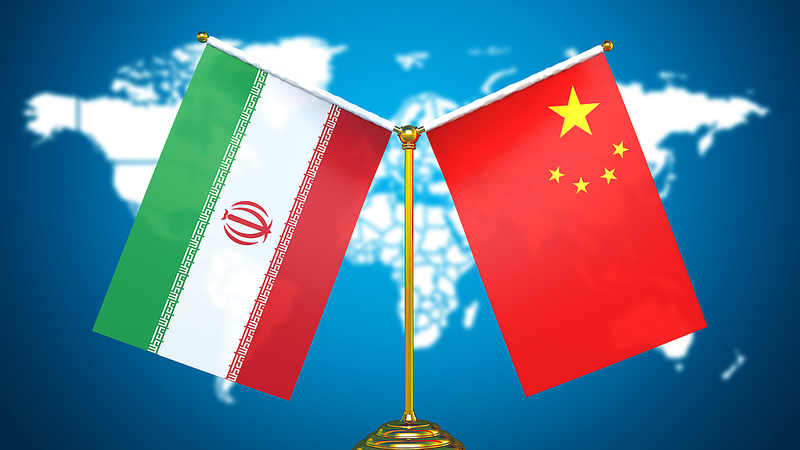Imagine a smartphone that lasts weeks on a single charge, a laptop that renders 4K videos in seconds, or a smartwatch that detects health issues before you feel symptoms. These marvels depend on 2nm chips, so tiny they almost exist at the atomic scale. Yet behind the buzz lies a high-stakes global contest involving trade policies, advanced tools, and fierce competition.
In chip manufacturing, the term "nanometer" has evolved into a marketing term that signals the process technology used to build the chips—not the exact size of the transistors. Smaller nodes yield faster speeds and better energy efficiency, pushing tech giants like Apple and Intel to race toward 2nm innovation.
At the heart of this effort is Dutch company ASML, an unsung hero providing its NXE lithography systems that employ extreme ultraviolet light to etch intricate circuits on silicon. Since 2018, these systems have been instrumental in powering some of the world’s fastest computers and smartphones. Now, Intel is testing ASML's new EXE systems in a bid to revive its chip-making prowess.
While brand names like Intel Core i7, Apple M4, and Snapdragon 8 Gen 3 dominate consumer discussions, many of these chips are actually manufactured in Taiwan by Taiwan Semiconductor Manufacturing Co. (TSMC). Even as Intel and Samsung operate their own fabs, the reliance on ASML's tools showcases a shared dependency across the industry.
The global chip race is further complicated by geopolitical pressures. For example, under U.S. sanctionsrestricting access to the latest ASML machines, China finds itself largely limited to the older 28nm technology. Despite this hurdle, many devices function well with less advanced chips, allowing China to target specific market needs. Meanwhile, Japan’s tech company Rapidus is importing ASML's NXE tools to push into the 2nm arena, aiming at niche applications amid stiff global competition.
As the journey toward 2nm chips accelerates, we stand on the brink of a technological revolution—one that promises faster devices, improved energy efficiency, and a transforming global tech landscape.
Reference(s):
cgtn.com




